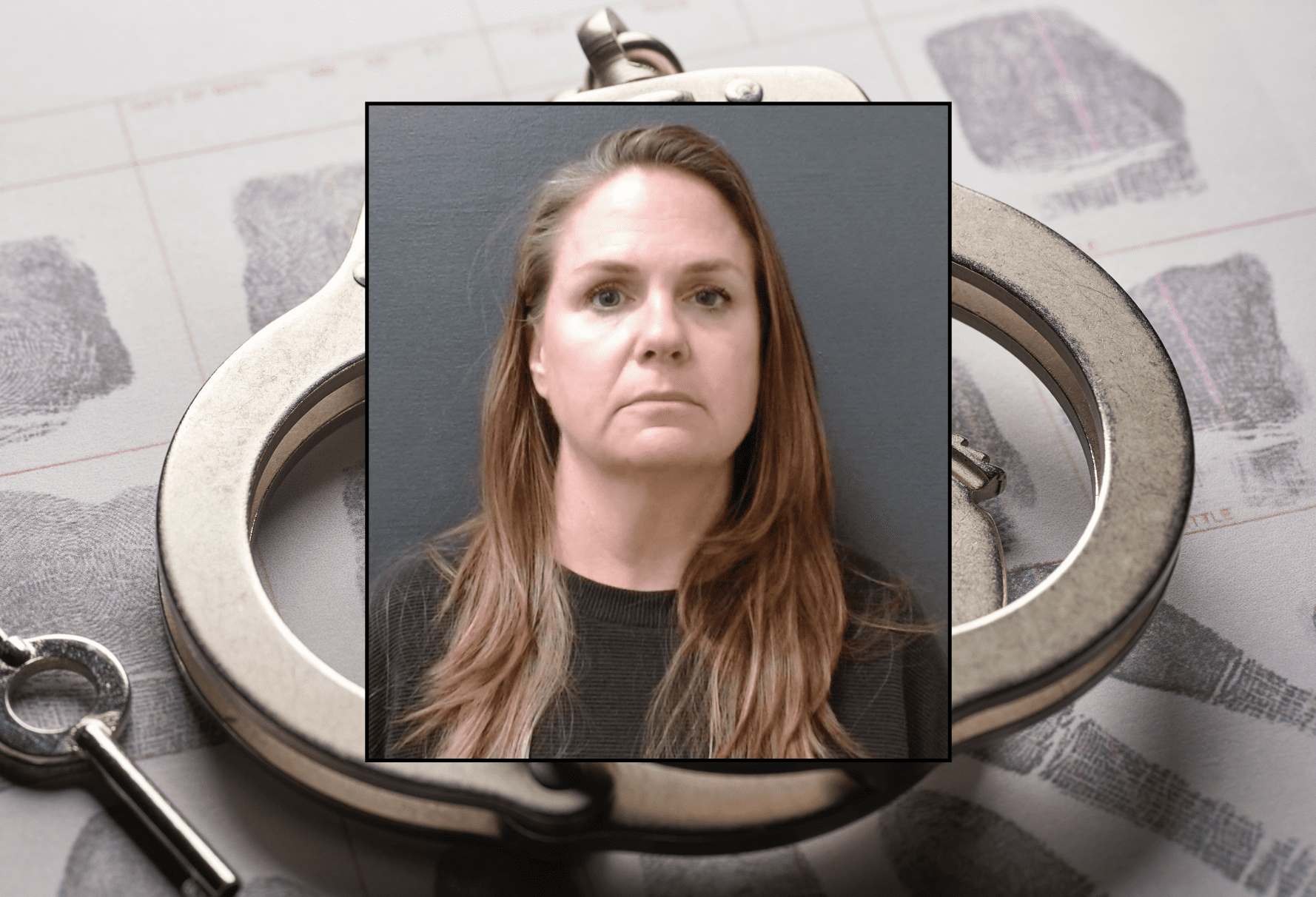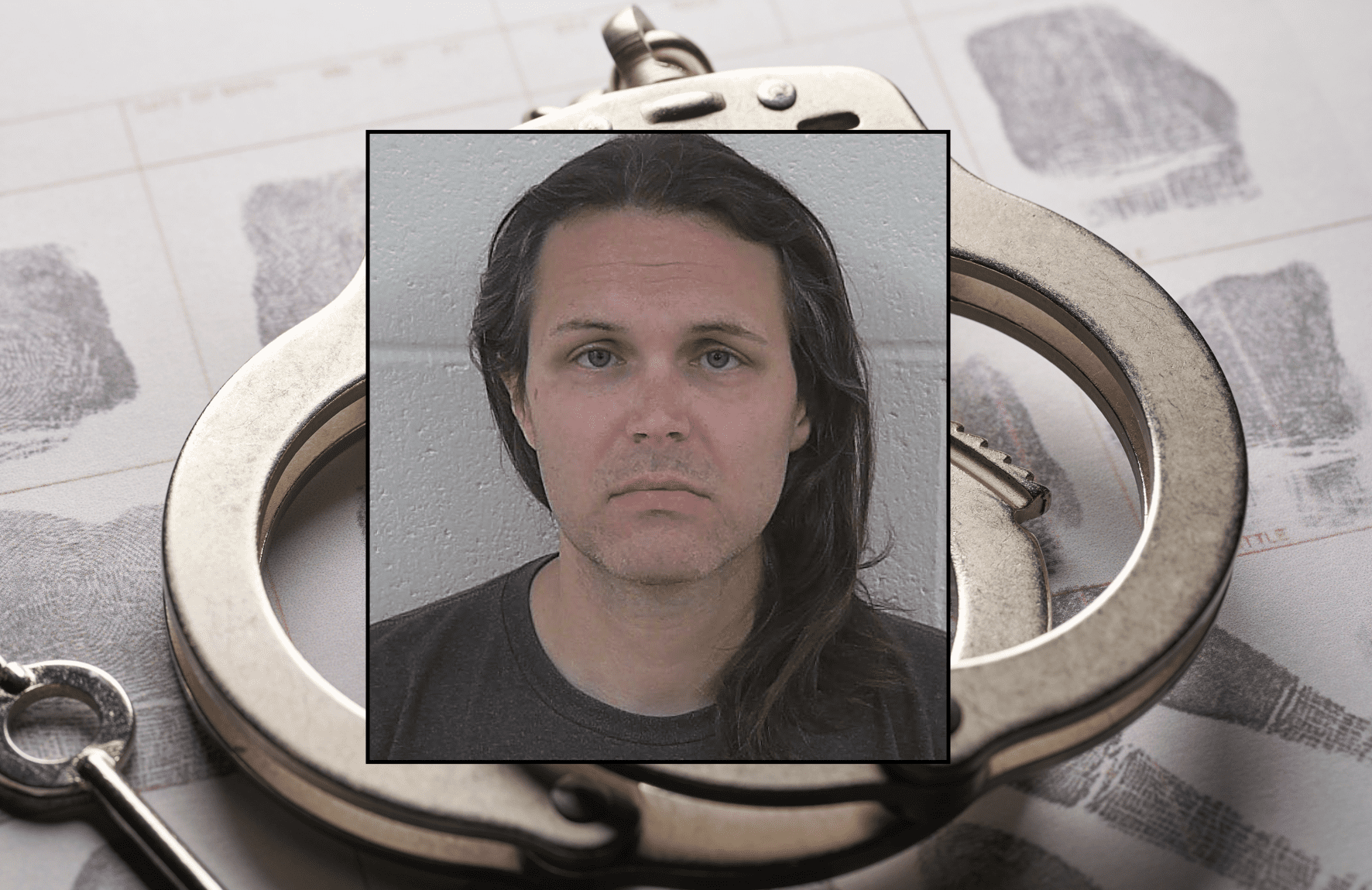Midland’s school district facility planning committee presented their final bond proposal to the school board at a total cost of $569 million. With the passage of House Bill 3—which included funds to lower school property taxes—the Maintenance and Operating portion of MISD’s tax rate will be reduced by 7 cents per $100 of property valuation in 2019. If voters approve the bond, the Interest and Sinking portion of the district’s tax rate will increase by 9 cents, eliminating any savings taxpayers would receive from HB 3.
The 39-member bond committee spent 18 months researching how the district can best meet its projected enrollment growth over the next 10 years. The $569 million proposal would provide funding for new school construction, renovation of existing facilities, new athletic facilities, and additional security measures.
The committee projected student enrollment to grow by 8,600 students over the next 10 years—a 33 percent increase. The $569 million proposal only provides space for an additional 4,700 students. MISD has announced a partnership with IDEA public charter schools that is expected to cover an additional 10,000 students. Private funds have been announced in the amount of $55 million to provide facilities for the charter schools.
Approximately $440 million of the plan is slated for three large projects: two new comprehensive high schools, each with a 2,400-student capacity, and an overhaul of Lee High School. The renovations to Lee would also include the addition of a kitchen, gymnasium, and sports-related facilities.
The committee requested $171 million for each of the new high school campuses. At a 2,400-student capacity, it equates to $71,250 per student, or $1.4 million per classroom of 20 students. More than $98 million was requested to renovate and add onto Lee High School.
The district has not yet released any details of the proposed construction projects—other than the total price tag and student capacity—including the square footage of the new campuses.
There is not a large body of comparable data. In 2018, Comal ISD completed construction of a similarly sized high school for $134 million. Last year, a district in Corpus Christi approved a plan to build a similarly sized high school for $125 million, which will be completed in 2022. While construction costs in Midland likely exceed that of other regions due to labor and material demands, the district has not yet released specifics.
A school construction survey conducted by the Texas Comptroller between 2007 and 2013 found the cost of new schools varied dramatically, between $8,000 and $50,000 per student, with high schools costing the most. As recently as 2014, the cost of high schools with a capacity larger than 2,400 students ranged from $40-50 million.
The $569 million proposal also includes changes to other facilities. Moving San Jacinto Junior High to the present MHS location would convert Midland High School into two separate schools and add a grade-specialized academy at 100 seats per grade level. The existing San Jacinto campus would then be converted into a young women’s leadership academy, with room for 700 students. Other funds would be used for technology updates, school security, and improvements to existing facilities.
In an online interview last week, MISD Superintendent Orlando Riddick spoke to the concern of the ever-increasing tax burden on local residents, making it difficult for some to continue living in Midland.
“Not everybody is in oil and gas,” Superintendent Riddick stated. “Half of our kids are economically disadvantaged … and we have to look out for that as well.”
As a result, the net effect of the $569 million bond’s passage would result in a 2-cent tax rate increase for local taxpayers, in addition to any increase in appraisal values. The facility planning committee estimated the school property taxes paid on $300,000 home would increase by roughly $100 per year.
Superintendent Riddick also touched on the tax burden the bond would place on homeowners, saying a large portion of the tax would be paid by commercial businesses and mineral interest owners, rather than homeowners.
“You (commercial businesses and mineral interest owners) should pony up for what it means to have something in our community, so the burden does not all sit and rest with the property (home) owner.”
With the proposal now submitted to the board, elected officials are scheduled to vote to place the $569 million debt proposal on the November 5 General Election ballot today at their August 19 meeting.





